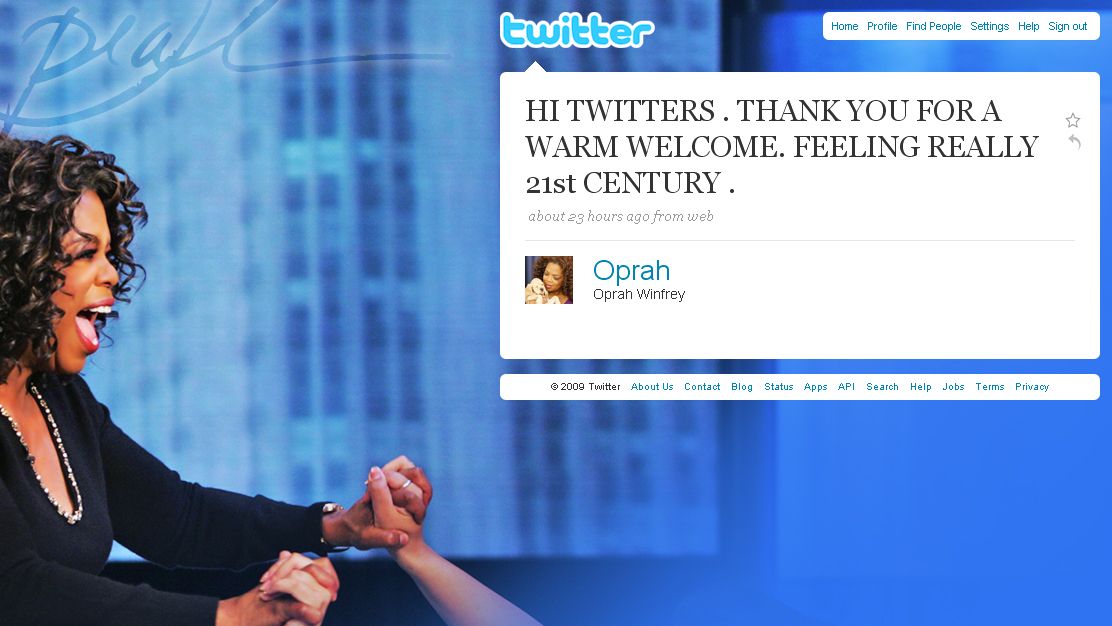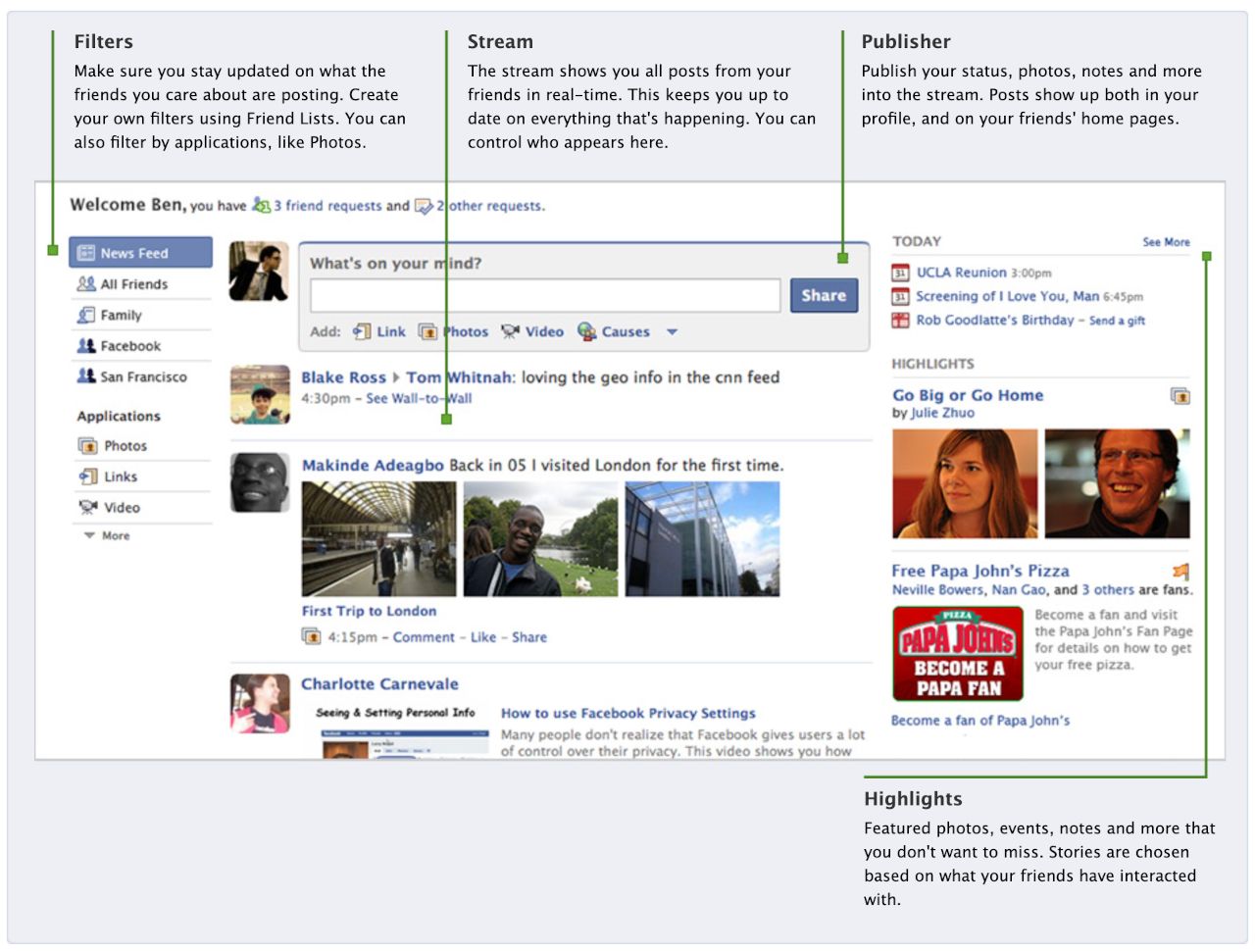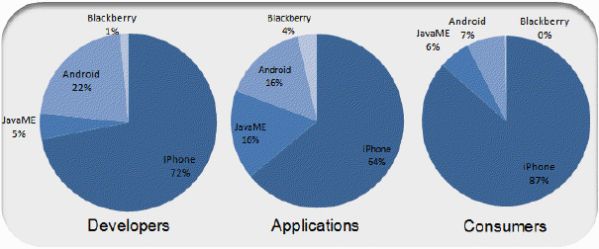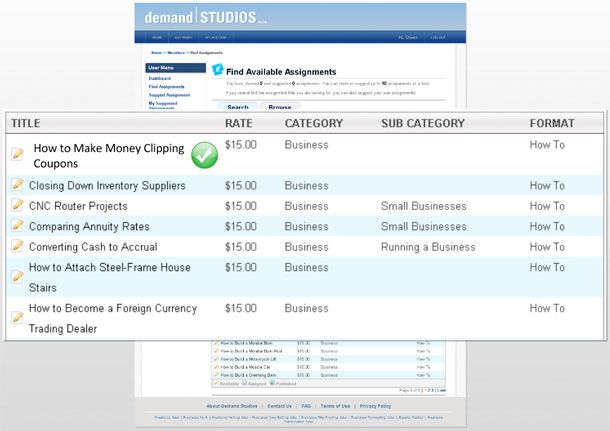What the Internet Was Like in 2009
The social web went mainstream in 2009, with everyone from Oprah Winfrey to Ashton Kutcher on Twitter — including via iPhone or Android apps. But Web 2.0 capitalism was also ramping up.

The internet in 2009 was all about the real-time web and the mainstreaming of social media, mostly on Facebook and Twitter. In addition, smartphone apps became prolific—especially with the release of the iPhone 3GS (the “S” stood for Speed) and an avalanche of new Android models, such as HTC Magic, Samsung Galaxy, and Motorola Droid.
But 2009 was also when big tech began to exert control over the Web 2.0 revolution. Facebook's acquisition of trendy geek app FriendFeed showed that the open web was vulnerable to corporate control. Meanwhile, "content farms" began to overtake blogs as producers of content on the internet.
Social Media in Real-Time
The "real-time web" (as we web geeks called it) was a huge trend in 2009. From a cultural perspective, the rise of Twitter best exemplified this. In April, Twitter CEO Evan Williams appeared on the Oprah Winfrey Show. That same month saw a race between Ashton Kutcher and CNN to become the first Twitter account to reach a million followers (Kutcher won).

By November 2009, a site called ://URLFAN—which ranked websites by popularity based on blog mentions—claimed that Twitter was the fourth most influential website in the world. This put it behind only Wikipedia, YouTube and Flickr (and above Google). While this was clearly a subjective ranking, it did show that Twitter was no longer just a geek plaything by 2009.

Meanwhile, in August, Facebook purchased the trendy geek app FriendFeed. This was to have profound implications on the future of the social web.
FriendFeed had a small but avid user base, but it had two innovations that Mark Zuckerberg coveted for his own product. One was the Like button. While it wasn't unique to FriendFeed (indeed, Facebook had already copied the feature in February), it had much more of a social twist than similar buttons on Facebook, Flickr and Digg. The second innovation FriendFeed had was real-time updating, which Facebook would soon incorporate into its News Feed—allowing users to see updates from their friends in real time, as they were posted.
These innovations helped expand connections between FriendFeed users, which helped to increase “engagement”—quickly becoming the key metric of the social web.

My own FriendFeed page in 2009 automatically updated whenever I posted something on my blog, “dug” a story on Digg, uploaded a photo to Flickr, added a bookmark on del.icio.us, posted a message on Twitter, loved a song on Last.fm, and so on. I had around twenty Web 2.0 services plugged into FriendFeed, and at the time it was acquired, it was sharing fifteen posts per day (although mostly from Twitter).

Incidentally, 2009 was also the year that Facebook, finally, became the leading social network. It surpassed MySpace in number of unique US visitors in May 2009.
Smartphone Apps Used Daily
By the end of 2009, the iPhone was the leading smartphone in the market and the App Store had over 100,000 applications in it. It was now a key developer platform, especially after Apple extended its iOS software development kit (SDK) with better support for 3D gaming, augmented reality apps, easier access to maps, in-app purchases and support for push notifications.

There was a distinct shift in behavior with smartphones in 2009. As ReadWriteWeb's Sarah Perez put it in an April 2009 post:
"Smartphones are the new laptops - we sort of knew this one already, didn't we? Although historically, only 10% of the installed-base used mobile applications on a daily basis, today, that number is changing... and changing fast. Smartphone applications are now heavily used and many are even used daily. Among those used daily, the frequency of use is also high, with some applications being used as much as 20 times per day."
Imagine that, smartphone apps that are used daily! But that was still new in 2009, as Sarah's laptop analogy shows. And iOS was the leading platform for smartphone developers, although Android was also highly promising at this time.

As RWW's Frederic Lardinois wrote in December, "Android came of age in 2009." There was a large increase in developer activity in Android, along with strong interest in new Android phones like the Motorola Droid. It also tended to encourage more experimental apps. As Frederic noted, "Thanks to the open-source nature of the project, Android made it easy for developers of augmented reality applications to test their ideas long before Apple offered the necessary APIs on its platform."
Content Farms and Web 2.0 Capitalism
Although 2009 was largely defined by the rise of social media and smartphone apps, there was also a worrying new trend on the web: content farms. As I wrote in a December 2009 post on RWW, companies like Demand Media and Answers.com were creating "thousands of pieces of content per day and are making a big impact on the Web." Both of those two companies were firmly inside the top 20 Web properties in the US by the end of that year—ahead of big media properties like the New York Times and Viacom Digital.

Based on interviews with the company I conducted at the Web 2.0 Summit in September, I explained that Demand Media "operates based on a simple formula for success on the Web: create a ton of niche, mostly uninspired content targeted to search engines, then make it viral through social software and make lots of money through ads." Demand Media was heavily VC funded to carry out this mission.

Content farming would become much more sophisticated over the years, but 2009 was the first time it had been carried out at such scale. It was an early warning that the social web wasn't all about cool apps like Facebook and Twitter—it could also be exploited for profit by VC-funded corporations.
Lead image: Oprah tweet screenshot by Cambodia4kids.org Beth.
Read next: More year-by-year overviews of internet history
Buy the Book
My Web 2.0 memoir, Bubble Blog: From Outsider to Insider in Silicon Valley's Web 2.0 Revolution, is now available to purchase:
- Paperback, US$19.99: Amazon; Bookshop.org
- eBook, US$9.99: Amazon Kindle Store; Apple Books; Google Play
Or search for "Bubble Blog MacManus" on your local online bookstore.